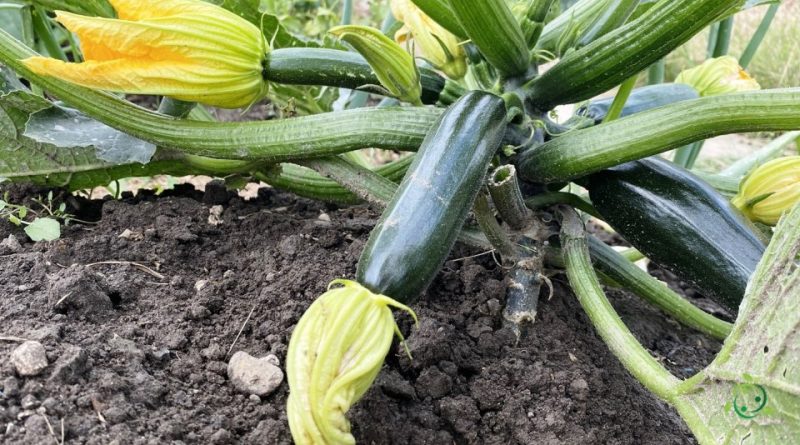How to intercrop courgettes
How to intercrop courgettes
The courgette (Cucurbita pepo L.) is a plant of the Cucurbitaceae family cultivated for the production of its fruits and which are harvested when they are still immature.
The courgette is an annual plant with a flexible, creeping or climbing, slender herbaceous stem.
This plant was imported to Europe around 1500 after the discovery of America.
Once cultivated mainly as a vegetable in specialized cultivation, in recent times there has been an increasing tendency to cultivate it in intercropping.
The plants that can be combined with courgettes are various and among these we remember onions, beans and all salads.
As regards its cultivation, whether associated or not, remember not to place it in the same area for two years in a row. It is above all recommended to wait at least three before placing it back in the same ground.
Returning to its intercropping, we list some plants with which it can be grown, with particular agronomic functions.
– Green beans: Green bean plants can climb along vertical supports, while courgettes occupy the space on the ground. Both plants can benefit from proximity, as green bean roots can fix nitrogen in the soil, which is beneficial for zucchini.
– Peas: Like green beans, peas are legumes that fix nitrogen in the soil. Additionally, pea plants tend to grow well with some shade, thus providing an ideal environment for zucchini.
– Corn: Corn provides vertical support for zucchini and partial shade that helps keep the soil cooler and moister. Additionally, zucchini can provide a ground cover that reduces weed growth around corn plants.
– Lettuce: Planting lettuce around courgettes can help keep away insect infestations such as mosquitoes, which often focus on courgettes.
– Herbs: Herbs such as mint, sage and parsley can help repel insect pests and improve the flavor of zucchini.
– Onions and garlic: Onions and garlic can help repel insects and prevent fungal diseases in zucchini.
When intercropping, always evaluate the nature of the soil, whether it is suitable for the courgette (and the associated plants); Please remember that courgettes love soils rich in organic substance and have medium/high nitrogen needs and high potassium needs. For these reasons it responds very well to the use of manure and/or compost, which are rich in organic substance, nitrogen and potassium.
Furthermore, the light, water and space needs of the various intercropping plants must be verified and crop rotations must be carried out to avoid soil exhaustion and the spread of diseases.

